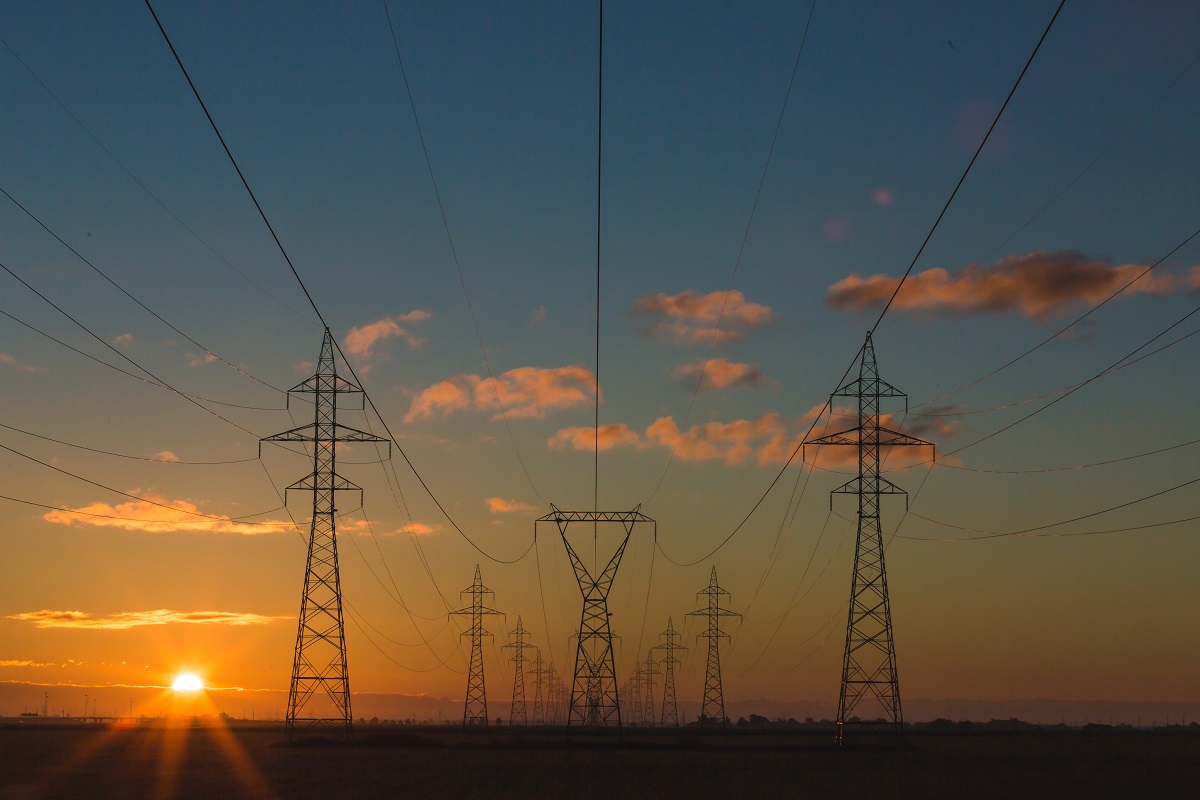Short-term initiatives to alleviate the present energy crisis must be matched with a firm emphasis on the energy transition’s mid-and long-term aims. According to the World Energy Transitions Outlook 2022, high fossil fuel costs, energy security issues, and the gravity of climate change highlight the urgent need to transition quickly to a renewable energy system.
The International Renewable Energy Agency’s (IRENA) Outlook, which was released last week at the Berlin Energy Transition Dialogue, identifies priority areas and activities based on existing innovations that must be implemented by 2030 in order to attain net-zero emissions by 2050. It also assesses recent progress across all energy requirements, emphasizing the slow and insufficient speed and magnitude of the renewables-based shift, IRENA says in a report.
The IRENA Outlook forecasts yearly investment needs of USD 5.7 trillion until 2030, including a USD 0.7 trillion annual shift away from fossil fuels to prevent stranded assets. However, investing in the transition would result in tangible socioeconomic and social advantages, with 85 million employment in renewables and other transition-related innovations added globally between now and 2030. These job increases would far outnumber the 12 million jobs lost in the fossil fuel industry. According to the Outlook, more nations would profit from the energy transformation route than they would from business as usual.
Renewables would need to ramp up dramatically across all sectors, from 14% of total energy now to about 40% in 2030.
According to the Intergovernmental Panel on Climate Change, global annual additions of renewable energy will quadruple by 2030. (IPCC). Simultaneously, coal power would need to be completely removed, fossil fuel resources phased out, and infrastructure improved.
Electrification and efficiency, enabled by renewables, hydrogen, and sustainable biomass, are seen as significant drivers of the energy shift in the Outlook. End-use emissions reduction will play a major role, with several options such as electrification, green hydrogen, and direct renewable energy consumption. Electromobility, in particular, is considered as a key accelerator of energy transition development, with sales of electric vehicles (EV) increasing to a worldwide fleet that is twenty times larger than it is now.

